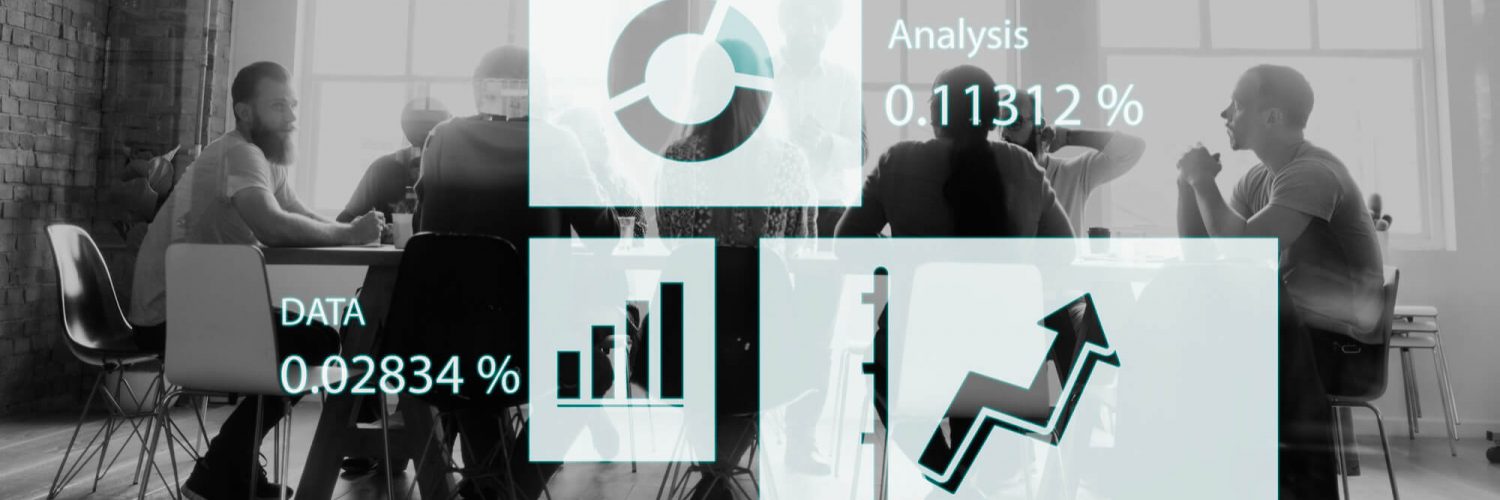Predictive Analytics uses statistics and modeling procedures to make predictions regarding future outcomes and performance. Predictive analytics analyses current and historic patterns in data to find out if such patterns might emerge again. This allows enterprises and investors to adapt to where they can make use of their resources and take advantage of any possible future event. Predictive analytics is also used in increasing efficiencies in operations and limiting risks.
As a technology, predictive analytics makes a prediction regarding particular unknown future variables. It uses several processes to make such determinations, including data mining, artificial intelligence (AI), modeling, machine learning, and statistics. For example, data mining encompasses the evaluation of large poos of data to determine patterns. Text analysis uses the same principle, only that it is for large blocks of texts.
Why is Predictive Analysis so Important?
Various organizations are opting to use predictive analytics to solve their difficult problems and unearth new opportunities. These are the most common uses.
- Fraud Detection
Using a combination of analytics approaches can help discover patterns and prevent illicit activities. High-performance behavioral analytics evaluates all network actions in real-time to discover patterns that may signal fraud, zero-day vulnerabilities, and advanced persistent attacks as cybersecurity become a rising concern.
- Operations Improvement
Predictive models are used by many businesses to forecast inventory and manage resources. Predictive analytics is used by airlines to determine ticket prices. To maximize occupancy and income, hotels aim to forecast the number of guests for any particular night. Predictive analytics allows businesses to operate more efficiently.
- Risk Reduction
Credit scores, a well-known example of predictive analytics, are used to determine a buyer’s chance of defaulting on a purchase. A credit score is a number calculated using a predictive model that takes into account all relevant information about a person’s creditworthiness. Insurance claims and collections are two more risk-related applications.
What are the Differences between Predictive Analysis and Machine Learning?
People mistakenly believe that predictive analytics and machine learning are synonymous. However, by evaluating the past, predictive analytics can help us comprehend what might happen in the future. Predictive analytics is a statistical technique that uses statistics (both historical and present) to estimate or forecast future events. It incorporates a number of statistical techniques (including machine learning, predictive modeling, and data mining).
Machine learning, on the other hand, is a subfield of computer science that, according to Arthur Samuel’s 1959 definition (an American expert in the field of artificial intelligence and computer gaming), is “the programming of a digital computer to behave in a way that, if done by humans or animals, would be described as involving the learning process.”
- Optimization of Marketing Campaigns
Predictive analytics is used to predict client responses and purchases and cross-sell prospects. Businesses can use predictive models to acquire, keep, and expand their most profitable customers.
How Can Businesses Take Advantage of Predictive Analytics?
As demonstrated above, predictive analysis can be applied to a variety of situations. Such models can be used by businesses to assist them in progressing their goals and enhancing their operations. Businesses commonly employ predictive models to assist them in enhancing their customer service and outreach.
This type of statistical analysis can help executives and business owners understand client behavior. For example, a business owner can utilize predictive analytics to identify and target regular customers who are likely to defect and go to a competitor.
Advertising and marketing rely heavily on predictive analytics. Models can be used by businesses to determine which clients are most likely to respond positively to marketing and sales efforts. Instead of performing wide marketing, business owners can save money by targeting clients who will respond positively.
What Are The Benefits of Predictive Analytics?
Using predictive analysis has various advantages. As previously stated, this form of analysis can assist organizations when making predictions about outcomes when no other (and clear) options are available.
Models can be used by investors, finance experts, and company leaders to assist reduce risk. For example, by taking certain aspects into account, such as age, capital, and goals, an investor and their advisor can utilize certain models to assist in constructing an investment portfolio with minimal risk to the investor.
When models are implemented, they have a major impact on cost reduction. Businesses can predict if a product will succeed or fail before it is released. Alternatively, they might set aside funds for production enhancements before the manufacturing process begins by using predictive techniques.
What are the Limitations to Predictive Analytics?
Because of perceived disparities in its findings, predictive analytics has been challenged and, in some circumstances, legally limited. The most prevalent examples are predictive models that result in statistical discrimination against racial or ethnic groups in sectors such as credit score, house lending, employment, or criminal behavior risk.
The (now illegal) practice of redlining home loans by banks is a well-known example of this. Whether or not the predictions derived from the use of such analytics are accurate, their usage is typically frowned upon, and data that clearly includes information such as a person’s race is now frequently excluded from predictive analytics.
Despite the fact that predictive analytics has been around for decades, it is a technology that has now reached its peak. Businesses increasingly use predictive analytics to improve their bottom line and gain a competitive advantage. Predictive analytics is no longer only the domain of mathematicians and statisticians, thanks to the increasing availability of interactive and user-friendly software. Business analysts and line-of-business professionals also use these technologies.






